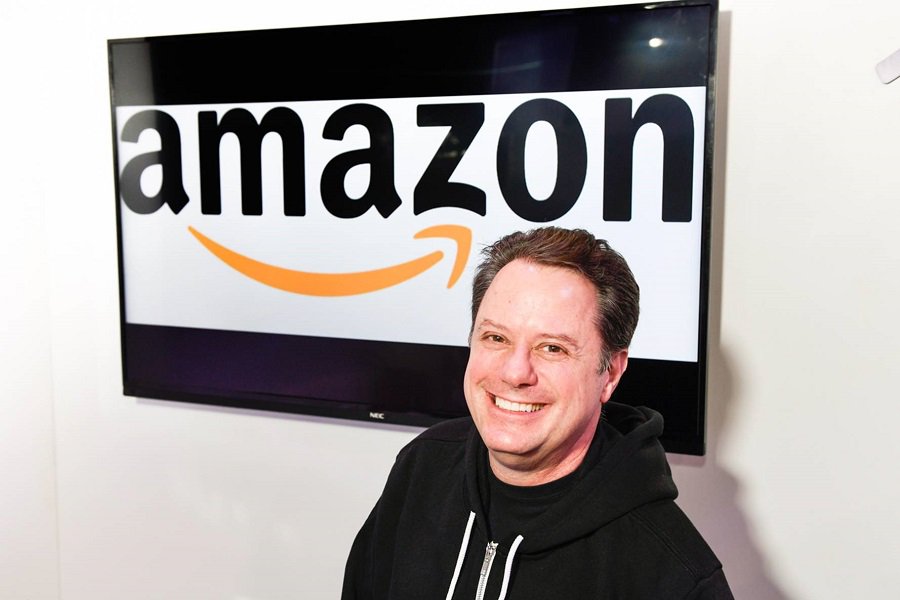Amazon has been dabbling in the gaming industry for a few years now. The retail company with the extremely strong technology unit caused the raising of more than a few eyebrows when it decided to buy Twitch, a live video game streaming service for gamers, in 2014, forking out $970 million.
In the beginning, it was not very clear what direction Amazon was planning to take in the gaming segment. Were they going to start building games like Microsoft, or were they planning to leave Twitch untouched? Several such questions remained unanswered at the time, but Amazon’s game plan for the cloud-based gaming market is now slowly falling into place.
The world’s number one Infrastructure as a Service provider launched Lumberyard, a game engine integrated with Amazon Web Services and Twitch, in early 2016, which allowed game developers to build and host their games on AWS, using Twitch for live streaming.
Game developers work tirelessly to build communities of gamers around their games; and, more often than not, it is these communities that sustain the games and help them grow. The live streaming part is popular because gamers do want to learn from their peers, and the ability to interact with other players and also watch them play certainly holds appeal.
Amazon, by allowing a deeper integration of the gaming app with a broadcasting service, has made things easier for the developer, gamer and the community as well. To encourage bonding, Amazon added another layer to the gaming ecosystem via Curse, which allows gamers to build wikis, news elements, guides and databases related to the game.
As cloud gaming grows, Amazon is rushing in to build a strong ecosystem that covers the entire gaming life cycle.
But Amazon is not content playing host to the gaming community, and fully intends to leverage the platform it is creating to its own advantage. Their recent hiring of gaming industry veteran John Smedley to deploy the San Diego effort is proof of that. The decision to have Louis Castle, co-founder of Westwood Studios, head up the Seattle office earlier this month is another piece of the puzzle.
Louis Castle, co-founder of Westwood Studios, is the new head of Amazon Game Studios, Seattle. Come join us! https://t.co/Gv27NfCskX pic.twitter.com/CZ7IpgnZbB
— Amazon Game Studios (@AMZNGameStudios) March 10, 2017
This is what they have to say in Amazon Game Studios’ career section (There were 113 open positions at the time of writing this article.):
“At Amazon Game Studios (AGS), we see gaming becoming the largest entertainment form on Earth. Access to massive computing and communications has fueled massive growth in communities of players, broadcasters, viewers, fans and game developers of all sizes. At AGS, we are developing multiple AAA PC games in our Seattle and Irvine studios that harness the power of AWS and Twitch to create new community-driven game experiences.
We are seeking the industry’s best to help us create, publish and support multiple AAA PC games being developed. Join us, and you’ll have the power of Twitch, AWS, and the entire Amazon ecosystem to shape the future of games. You will work alongside talented industry veterans, including key contributors from dozens of titles: League of Legends, Half Life 2, Left for Dead, Portal, Thief, System Shock 2, Age of Empires, Dawn Of War II, Halo, The Last of Us, Gears of War, The Sims, and Bioshock.”
Cloud gaming is still in its early adoption stages, and Amazon is moving fast to make its presence felt there. According to Technavio, the global cloud gaming market is expected to grow rapidly, and will post a CAGR of close to 29% between 2017 and 2021.
Amazon’s focus is now on a developer-platform-gamer offering using the assets it has acquired and built patiently over the past several years. Everyone’s eyes are on Amazon’s next moves in this space, and I guarantee you that there are people all the way from Redmond, Washington to Minato, Tokyo and back around to Santa Clara, California watching this like their careers depended on it.
Thanks for reading our work! We invite you to check out our Essentials of Cloud Computing page, which covers the basics of cloud computing, its components, various deployment models, historical, current and forecast data for the cloud computing industry, and even a glossary of cloud computing terms.



